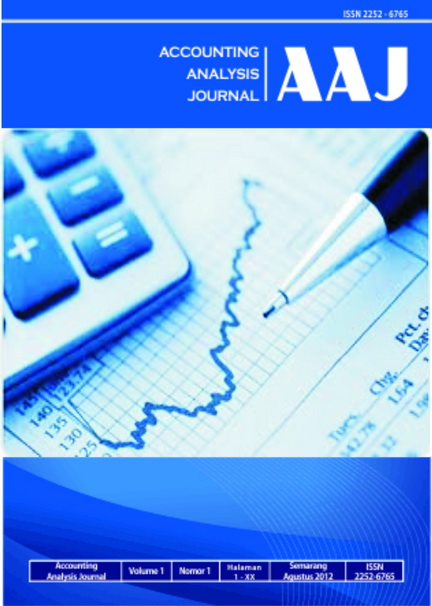The Effect of Intentions on Behaviour to Conduct Whistleblowing a Case Study in State Civil Servants of Semarang City Government Section Articles
##plugins.themes.academic_pro.article.main##
Abstract
This study aims to examine empirically the effect of variables of attitude, subjective norms, perceived behavioral control, and intention to conduct whistleblowing in the State Civil Apparatus (ASN) who work in Semarang City Government (Semarang City Hall) in 2018. The theory that forms the basis of this research is theory of planned behavior that explains the effect of factors that influence intention towards behavior. The population in this research was the State Civil Apparatus working in the Semarang City Government, amounting to 145 people. The research sample amounted to 90 people who were selected based on the agreement of each Regional Device Organization (OPD) with convenience sampling techniques, namely sampling techniques based on availability and ease of obtaining. Data were analyzed by multiple regression analysis using IBM SPSS software (Statistical Product and Service Solutions) Statistics 17. The results show that subjective norms affect the intention to do whistleblowing. Perceived behavioral control affect the intention to do whistleblowing, intention also effects the behavior of whistleblowing and perceived behavioral control also influences the behavior of whistleblowing. Meanwhile, attitude does not affect the intention to do whistleblowing in the Semarang City Government State Civil Apparatus in 2018 due to the lack of variation in the sample studied. Conclusions from this study indicate that intention is able to influence behavior in doing whistleblowing action by taking into account attitude, subjective norms, and perceived behavioral control.
